Brushes with Eternity: The New Age of Memorial Portraiture in the Digital Era
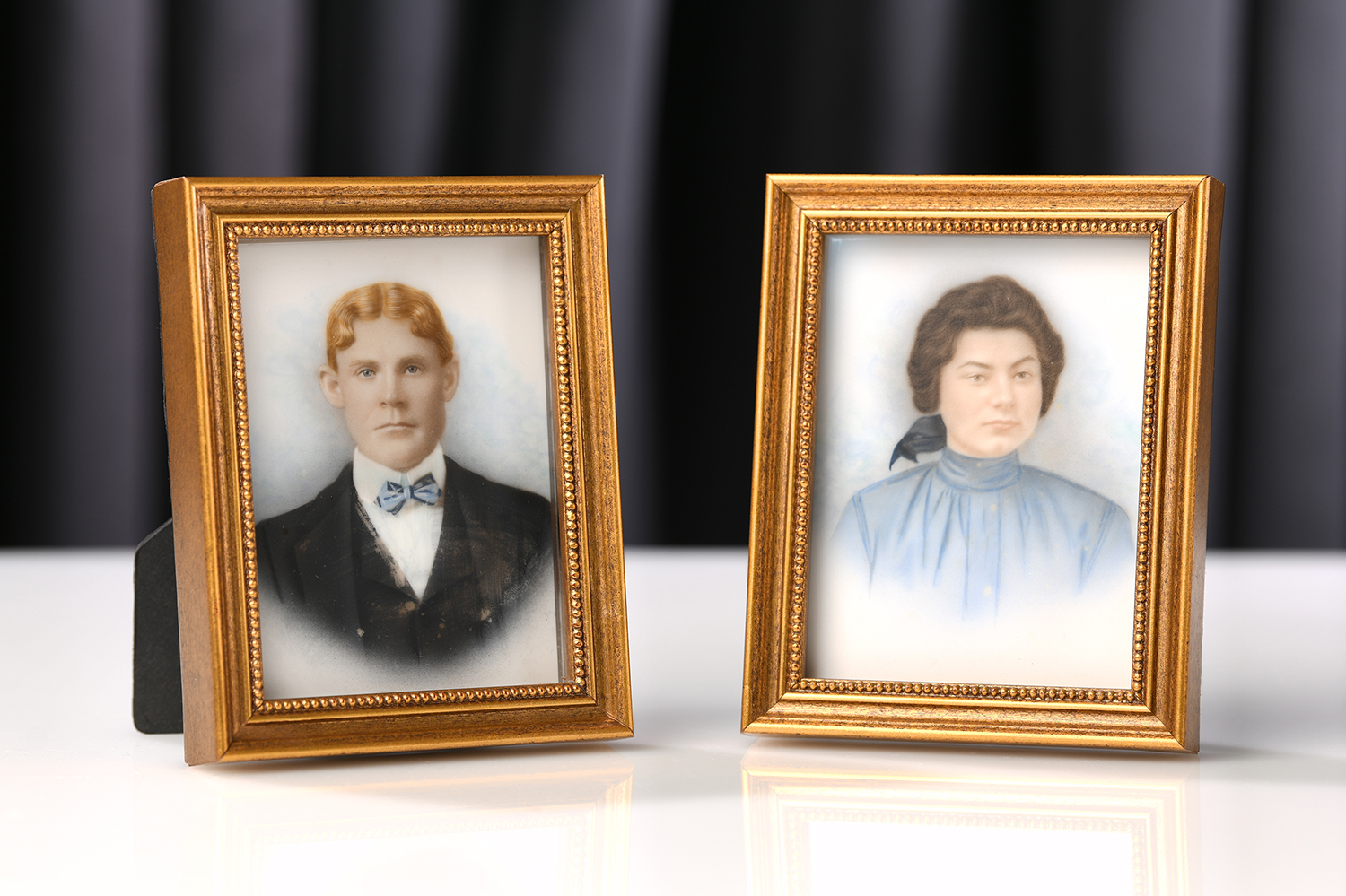
In the realm of art, there exists a powerful medium that captures and immortalizes the essence of individuals who have passed away: memorial portraiture. For centuries, artists have paid tribute to loved ones through these masterpieces, capturing their likeness, spirit, and memory.
However, with the advent of the digital era, the landscape of memorial portraiture has undergone a significant evolution, paving the way for new possibilities and experiences in the realm of remembrance and commemoration.
How Has Memorial Portraiture Evolved Over Time?
Traditionally, memorial portraits were created through various artistic techniques, such as painting or sculpture. Talented artists meticulously portrayed the deceased in vivid detail, capturing their physical features, expressions, and personalities.
Today, companies like Memorialize Art are revolutionizing the way we view memorial portraits, merging traditional craftsmanship with modern aesthetics to create timeless pieces that resonate with contemporary audiences.
From Traditional to Digital: A Shift in Medium
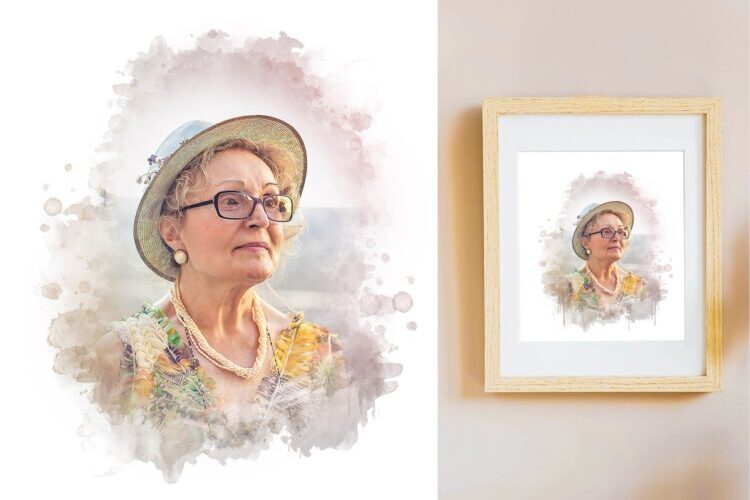
With the rise of digital technology, memorial portraiture has taken on a new dimension. Digital platforms now offer the possibility of creating lifelike portraits using a range of innovative techniques.
Through the power of software and digital tools, artists can now capture the essence of individuals with astounding precision and realism. This shift in medium has not only expanded the creative possibilities but also made memorial portraiture more accessible to a wider audience.
What is the Role of Technology in Memorial Art?
Technology has become an integral part of creating memorial art. Accurate representations of the deceased can now be created through digital manipulation of photographs, allowing artists to transform a cherished snapshot into a stunning portrait.
Moreover, advanced imaging techniques and 3D printing enable the replication of physical features, making the art of memorial portraiture even more immersive and compelling.
From Photos to 3D Lifelike Sculptures
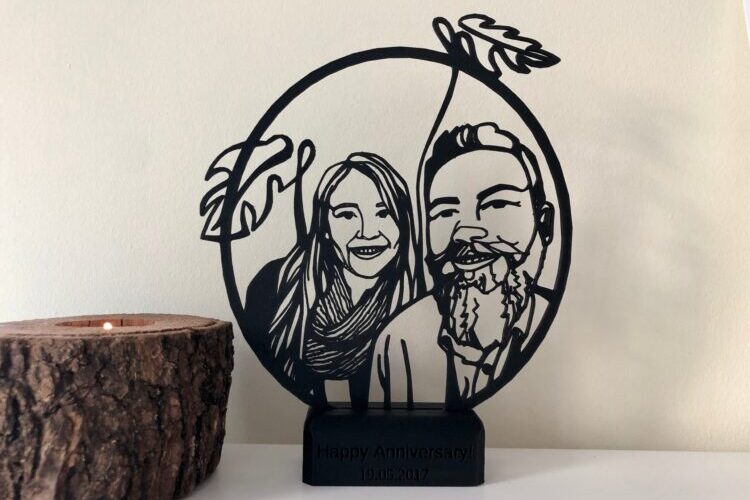
Imagine stepping into a studio where cutting-edge technology is at work. The artist carefully scans the photographs, capturing every minute detail. With the help of specialized software, the image is transformed into a three-dimensional model, ready to be brought to life.
The printer hums softly as it meticulously layers the materials, recreating the physical features of the departed. The result is a lifelike sculpture, a tangible representation that can be held and cherished for generations to come.
Merging Tradition with Modern Creativity
Technology not only allows for precise replication but also opens up new avenues for creativity. Artists can now experiment with different styles, merging traditional techniques with digital enhancements.
They can play with lighting, colors, and textures, creating portraits that evoke a wide range of emotions. The possibilities are endless, and each memorial portrait becomes a unique and personal work of art.
What Steps are Involved in Crafting Digital Memorial Portraits?
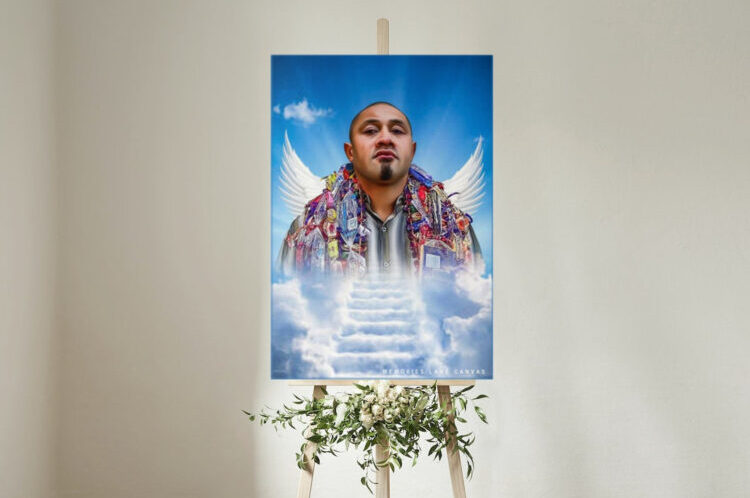
Creating a digital memorial portrait involves a meticulous and multidimensional artistic journey, from concept to completion.
The artist begins by gathering reference materials, such as photographs or personal anecdotes, to get a holistic understanding of the individual being commemorated. This initial research forms the foundation for capturing the essence and spirit of the subject in the digital realm.
The Artistic Journey: From Concept to Completion
Once armed with the necessary references, the artist embarks on the process of translating the physical features and emotions of the deceased into the digital medium.
Through a combination of technical proficiency and artistic vision, they delicately blend colors, textures, and details, breathing life into the digital canvas. The aim is to create not just a visually accurate portrait, but one that evokes emotions and tells a compelling story.
Tools and Techniques in Digital Portraiture
Behind every breathtaking digital memorial portrait lies a myriad of software tools and techniques. Digital artists utilize advanced imaging software, such as Photoshop or Painter, to meticulously craft each brushstroke, ensuring a precise representation of the subject.
Additionally, techniques such as 3D modeling, digital sculpting, and texture mapping are employed to create an immersive and lifelike memorial portrait, leaving the viewer captivated by its timeless beauty.
What is the Emotional Impact of Memorial Portraiture?
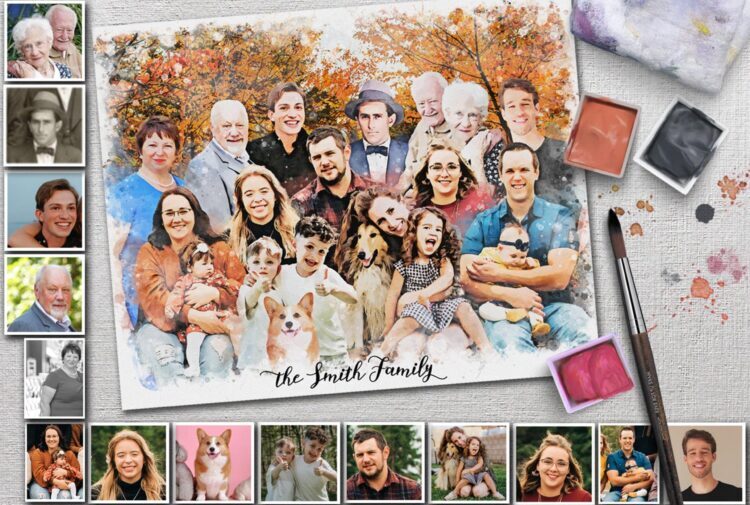
Memorial portraiture goes beyond mere aesthetics or technical prowess; it holds immense emotional power, offering solace, healing, and a tangible connection to the departed.
These portraits have the potential to provide comfort to those grieving, acting as a visual reminder of the love and memories shared.
Healing Through Art: The Therapeutic Potential of Portraits
Art has long been recognized for its therapeutic impact, and memorial portraits are no exception. The process of creating and engaging with these visual tributes can serve as a powerful tool for both artists and the bereaved alike.
Through pouring their grief, love, and memories into the art, artists find a sense of healing and catharsis. For the viewers, memorial portraits can act as a source of comfort, helping them navigate the complex journey of grief and find solace in the enduring presence of their loved one.
Commemoration and Connection: The Role of Portraits in Grief
Memorial portraits enable individuals to maintain a connection with their departed loved one. Whether displayed prominently in a home or shared digitally, these portraits serve as a constant reminder of the enduring ties that transcend the boundaries of life and death.
They provide a way to commemorate the departed, ensuring that their memory lives on in the hearts and minds of those who loved them.
Conclusion
As we venture further into the new age of memorial portraiture, the possibilities continue to expand, guided by the enduring human need to remember and connect with those who have left us.
The digital era has unlocked avenues for creativity and commemoration that were once unimaginable, allowing us to create brushes with eternity through digital portraits that capture the essence of our loved ones, and keep their memory alive, forever etched in the pixels of our hearts.




